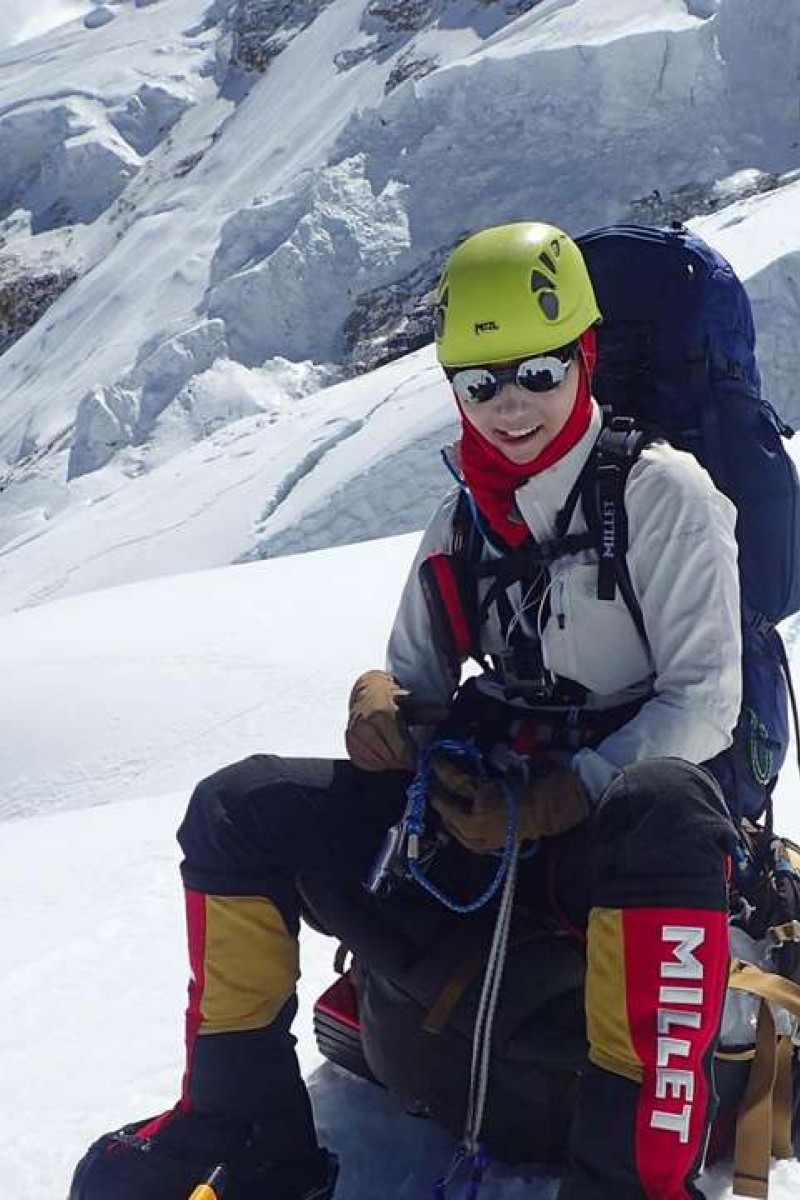
The incredible story of Marin Minamiya, ex-SIS student and the world’s youngest woman to summit Mount Manaslu
Published:
Listen to this article
Former South Island School student Marin is currently climbing Everest as part of the Grand Slam, an adventurer’s challenge to reach the north and south poles and to climb all seven continents’ highest peaks
Ariel Conant |
Published:
Sign up for the YP Teachers Newsletter
Get updates for teachers sent directly to your inbox
By registering, you agree to our T&C and Privacy Policy
Sign up for YP Weekly
Get updates sent directly to your inbox
By registering, you agree to our T&C and Privacy Policy